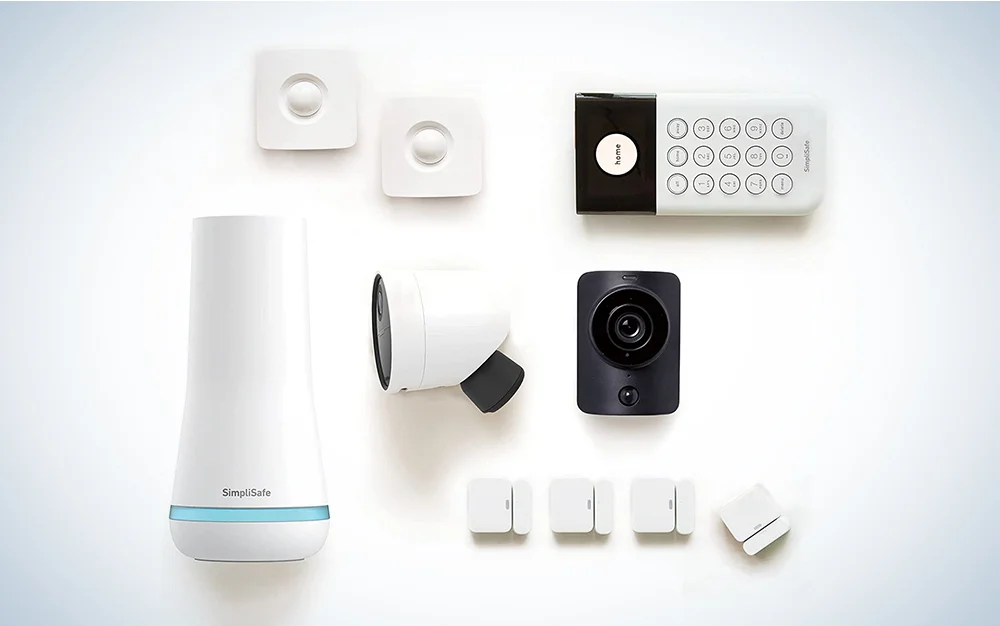The world of radio frequency (RF) technology is becoming increasingly intricate. With ever-growing data demands and a proliferation of wireless devices, maintaining signal integrity in complex environments is paramount. Signal integrity refers to the preservation of a signal’s strength, shape, and timing as it travels through a circuit or transmission medium. Compromised signal integrity can manifest as distorted data, reduced range, and even complete signal loss, hindering the functionality of RF systems. This article delves into the challenges of maintaining signal integrity in complex RF environments and explores various strategies for achieving reliable signal transmission.
Understanding the Threats to Signal Integrity
Several factors can jeopardize signal integrity in complex RF environments:
- Electromagnetic Interference (EMI): Multiple electronic devices operating within the same vicinity can generate electromagnetic noise that disrupts or distorts RF signals. This is particularly prevalent in environments with a high concentration of wireless devices.
- Crosstalk: Signals traveling on adjacent conductors within a circuit can induce unwanted currents, leading to signal distortion and crosstalk. Circuit layout and proper grounding techniques are crucial for mitigating crosstalk.
- Impedance Mismatch: Impedance refers to the opposition a signal encounters when traveling through a conductor. An impedance mismatch occurs when the impedance of a transmission line (like a cable) differs from the impedance of the sending or receiving device. This mismatch can cause signal reflection, reducing the overall signal strength.
- Signal Attenuation: As RF signals travel through cables or air, they weaken over distance. This attenuation becomes more pronounced at higher frequencies. Signal boosters or repeaters might be necessary to overcome significant attenuation in long-distance applications.
The Role of Circuit Design and Layout
Circuit design plays a vital role in ensuring signal integrity. Here are some key considerations:
- Proper Grounding: A well-designed and continuous ground plane provides a reference point for signal currents and helps to minimize noise and crosstalk.
- Impedance Control: Matching the impedance of components and transmission lines throughout the circuit minimizes signal reflection and maximizes power transfer.
- Minimizing Trace Length: Shorter signal traces reduce the opportunity for signal degradation and crosstalk. Arrange circuit components strategically to minimize trace lengths.
- Differential Signaling Techniques: Utilizing differential signaling techniques can significantly improve noise immunity by canceling out common-mode noise that affects both signal conductors equally.
Material Selection and Component Quality
The materials used in circuit boards and cables can significantly impact signal integrity. Here’s what to consider:
- Low-loss Dielectric Materials: Dielectric materials are the insulating layers within circuit boards and cables. Using low-loss dielectric materials minimizes signal attenuation, especially at higher frequencies.
- High-Quality Connectors: Poor-quality connectors can introduce unwanted resistance and inductance, leading to signal degradation. Invest in connectors with excellent conductivity and tight tolerances.
- Shielding: Shielding techniques, like metallic enclosures or braided cable jackets, can effectively attenuate external EMI and minimize signal interference.
Testing and Validation: The Importance of Verification
Testing plays a crucial role in ensuring signal integrity. Here are some essential testing methods:
- Simulation Tools: Advanced simulation software can predict potential signal integrity issues during the design phase, allowing for adjustments before fabrication.
- Network Analyzers: These instruments measure parameters like impedance and S-parameters (scattering parameters) to assess signal reflection and transmission characteristics.
- EMI Testing: The antenna test chamber provides a controlled environment to evaluate a device’s susceptibility to EMI and its potential to generate unwanted electromagnetic emissions.
Mitigating Challenges in Specific Environments
Different environments pose unique challenges to signal integrity. Here are some considerations:
- High-Speed Digital Systems: High-speed digital signals are particularly susceptible to crosstalk and signal distortion. Careful design practices, proper component selection, and advanced signal processing techniques are crucial for maintaining signal integrity in these environments.
- Wireless Communication Systems: Factors like distance, obstructions, and atmospheric conditions can affect signal integrity in wireless communication systems. Employing directional antennas, optimizing transmission power levels, and utilizing error correction techniques can help overcome these challenges.
Conclusion
Maintaining signal integrity in complex RF environments requires a comprehensive approach. By understanding the threats, designing circuits with integrity in mind, selecting appropriate materials and components, and conducting thorough testing, engineers can achieve reliable signal transmission. Signal integrity is the foundation for robust and dependable RF systems, ensuring seamless communication and optimal performance in today’s ever-evolving wireless landscape.















